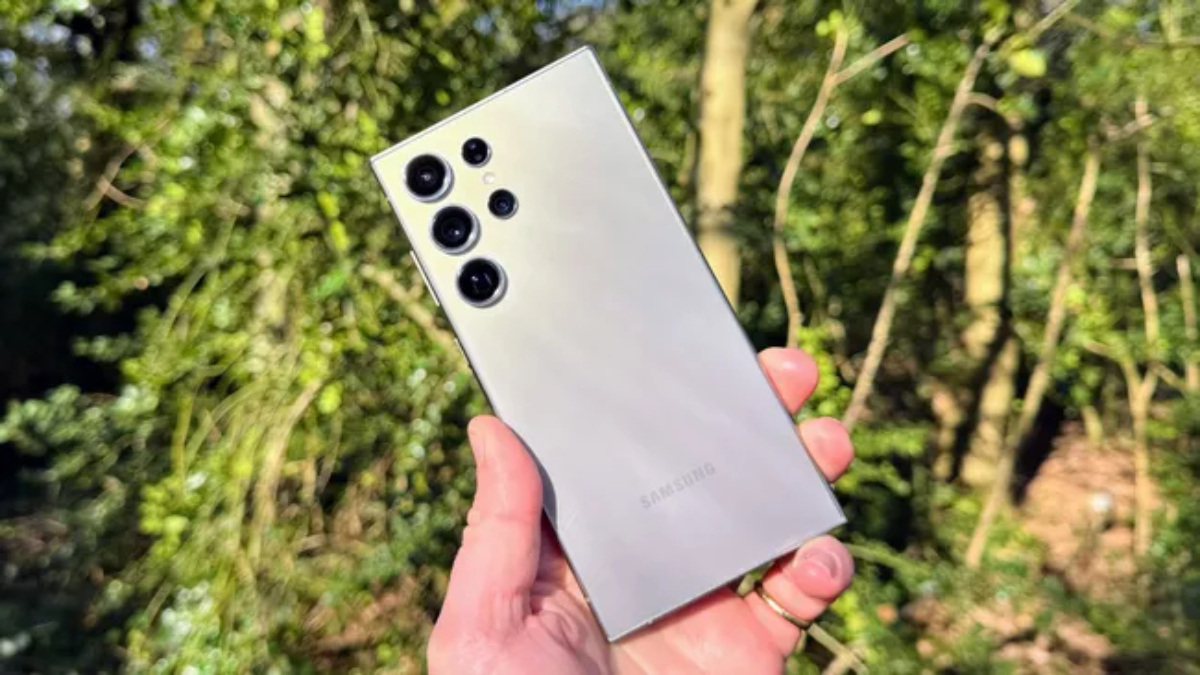Samsung has recently unveiled a trio of new mobile camera lenses, including the flagship ISOCELL HP9 sensor, which boasts impressive specifications and is likely to be integrated into future Galaxy S25 series smartphones.
The ISOCELL HP9 sensor leads the lineup with a high-resolution 200MP capability. Compared to its predecessor, it offers a 12% improvement in light sensitivity and a 10% enhancement in autofocus contrast. This sensor has already been featured in the Vivo X100 Ultra, showcasing its advanced capabilities before potentially being adopted by Samsung’s flagship Galaxy S25 series.
Key features of the ISOCELL HP9 include up to 4x optical zoom directly on the sensor, which can extend to a 12x zoom when combined with another 3x telephoto module. This setup allows for versatile zoom capabilities, building upon the optical zoom capabilities seen in previous Galaxy S models. For instance, the Galaxy S24 Ultra currently offers 5x optical zoom, indicating potential enhancements in zoom performance for the Galaxy S25 series.
While the Galaxy S24 Ultra already incorporates a 200MP camera, the introduction of the ISOCELL HP9 suggests Samsung’s focus on improving light sensitivity rather than increasing megapixel counts for its upcoming flagship devices. This aligns with previous rumors suggesting that the Galaxy S25 Ultra will feature a sensor with enhanced light sensitivity.
In addition to the ISOCELL HP9, Samsung also introduced the 50MP ISOCELL JN5 and the 50MP ISOCELL GNJ sensors. These sensors are expected to serve as primary cameras in Samsung’s future smartphone models, promising fewer artifacts, more accurate color capture, better detail preservation, and improved efficiency in power consumption compared to their predecessors.
While Samsung’s press release does not explicitly mention the Galaxy S25 series, the introduction of these advanced camera sensors suggests that the upcoming flagship lineup could see incremental but impactful upgrades in camera performance. These enhancements aim to elevate the overall image and video capture quality, ensuring that Samsung maintains its competitive edge in the highly competitive smartphone market.


